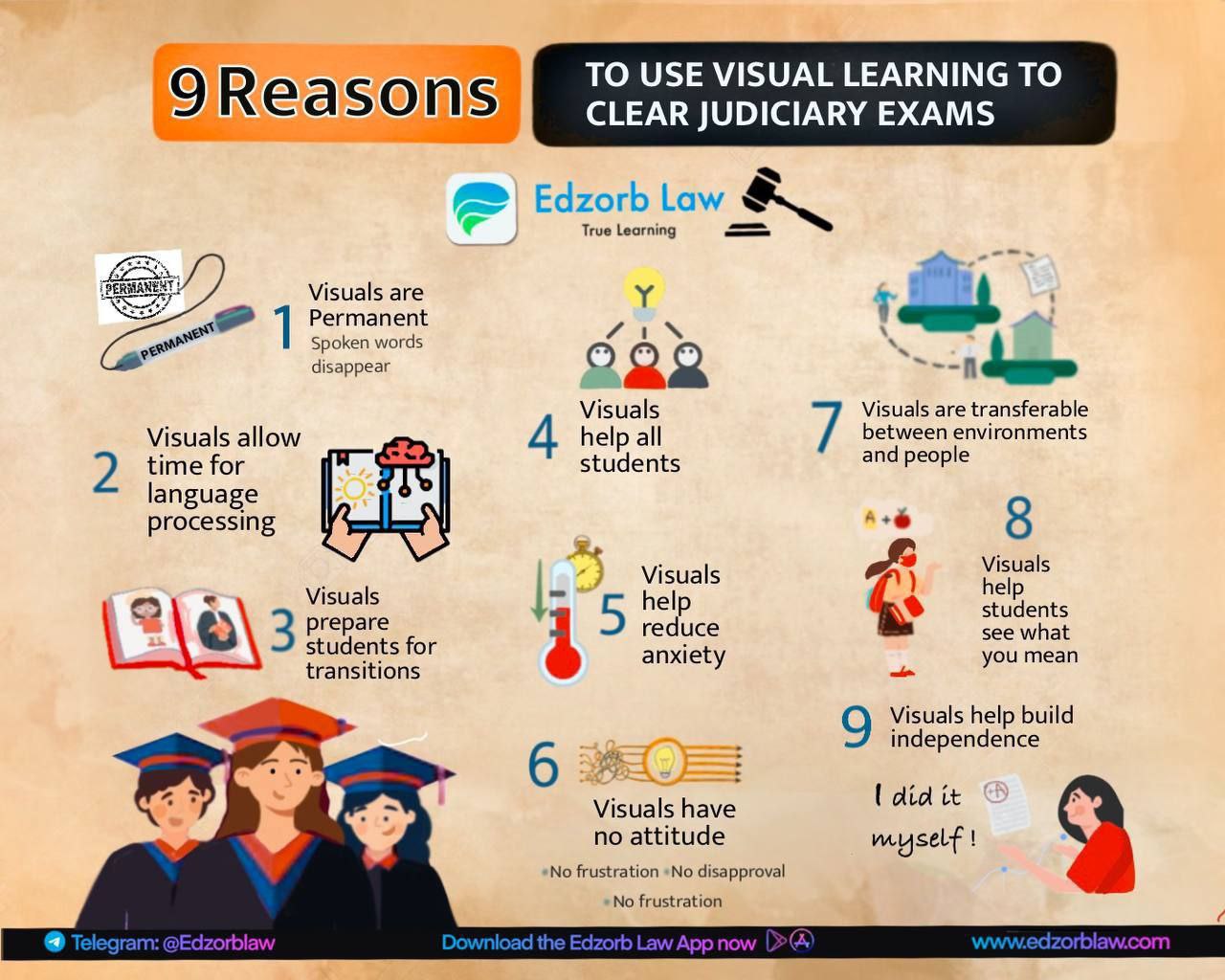What keeps the world’s largest democracy united and strong? At the heart of India lies its Constitution more than just words on paper, it’s the foundation that binds the nation and drives justice, liberty, and equality.
The Constitution is not just a rulebook but a protector and guide. It empowers citizens, safeguards rights, and shapes governance. In this blog, we’ll explore its layers and how it continues to lead India’s future.
The Living, Breathing Brain of Indian Democracy
More than just words in black and white, the Indian Constitution is a “living document”, one that adapts, evolves, and reflects the pulse of the nation. From governance to rights, from justice to duties, it lays out the entire framework of our democratic machinery.
At its very start, the Preamble echoes our collective dream, Justice, Liberty, Equality, and Fraternity. Sounds poetic? It is. But it’s also the blueprint of a just society.
The Constitution; Broken Down, Made Simple
Let’s decode this legal giant, part by part and with clarity.
Part I: The Union and Its Territory (Art. 1–4)
This section defines India’s geographical boundaries and establishes the nation’s sovereignty. It outlines the formation and reorganization of states and territories, including the power of Parliament to alter state boundaries.
Part II: Citizenship (Art. 5–11)
This part sets out the criteria for Indian citizenship and the conditions under which it may be acquired or terminated. It defines who is considered an Indian citizen, including those born in India or of Indian origin.
Part III: Fundamental Rights (Art. 12–35)
These rights form the bedrock of individual freedoms and justice in India. They include the right to equality, freedom of speech, protection of life and personal liberty, and the right to freedom of religion.
Part IV: Directive Principles of State Policy (Art. 36–51)
The Directive Principles of State Policy provide guidance to the government on how to enact laws that promote social and economic welfare. Although not legally enforceable in courts, they reflect the ideals that the government should aim to achieve for a just society.
Part IVA: Fundamental Duties (Art. 51A)
This section lists the duties of every Indian citizen to uphold the Constitution and contribute to the nation’s development. These duties include respecting the national flag, promoting harmony, and preserving the environment.
Governance, From Delhi to Your State Capital
Part V: The Union (Articles 52–151)
Covers the President, Vice-President, Prime Minister, Council of Ministers, Parliament, and Union Judiciary. It defines their powers, responsibilities, and how they interact to run the central government of India.
Part VI: The States (Articles 152–237)
Outlines the structure of state governments, including the Governor, State Legislature, and High Courts. It mirrors the Union’s setup but tailored to individual states, ensuring decentralized governance.
Part VIII: Union Territories (Articles 239–241)
Defines governance for Union Territories, which are directly administered by the President through Administrators or Lieutenant Governors. Some UTs like Delhi and Puducherry have special provisions for partial state-like autonomy.
Grassroots Power & Special Provisions
Part IX: Panchayats (Articles 243–243O)
Establishes a system of local self-governance at the village, intermediate, and district levels. The Panchayati Raj system empowers citizens to directly participate in decision-making and administration in rural areas.
Part IXA: Municipalities (Articles 243P–243ZG)
Focuses on urban local governance, establishing Municipalities for cities and towns. It empowers local bodies to manage urban infrastructure, services, and development while ensuring democratic control by the people.
Part IXB: Co-operative Societies (Articles 243ZH–243ZT)
Promotes cooperative societies as a means for people to engage in economic activities collectively. It ensures these societies are democratically managed, supporting the welfare of individuals, especially in rural and marginalized communities.
Part X: Scheduled and Tribal Areas (Articles 244–244A)
Provides special protections and governance for Scheduled Areas and Tribal Areas to ensure their development, welfare, and autonomy. These provisions help preserve the rights and customs of tribal communities while promoting inclusive governance.
Law, Order, Language & Liberty
Part XI–XIII: Union-State Relations, Finance, and Trade (Articles 245–307)
Defines the relationship between the Union and State governments, addressing the distribution of powers, legislative matters, taxation, and trade. It establishes how resources and authority are shared and divided between different levels of government.
Part XIV & XIVA: Services & Tribunals (Articles 308–323B)
Focuses on the administrative services and tribunals that serve the government, ensuring efficient public service delivery and dispute resolution. It establishes regulations for public servants and creates tribunals to address grievances and resolve disputes in specialized areas.
Part XV: Elections (Articles 324–329A)
Establishes the framework for elections, ensuring free and fair voting for the people to choose their representatives. It outlines the role of the Election Commission, the conduct of elections, and representation at various levels of government.
Provisions for the Unexpected
Part XVI–XIX: Special Provisions, Language & Emergency (Articles 330–367)
Provides special provisions for the protection of vulnerable groups, including Scheduled Castes, Tribes, and backward classes. It also addresses language issues, ensuring regional languages are preserved, and establishes emergency provisions to maintain order and national unity in times of crises.
Final Touches of a Grand Puzzle
Parts XX–XXIII: Amendments, Transitions, Schedules (Articles 368–395)
Defines how the Constitution can be amended, allowing it to adapt to changing times and needs. It also includes provisions for transitional arrangements and outlines the Schedules, which organize and present important data and details, ensuring the Constitution remains flexible and relevant.
Why It All Matters
The Constitution isn’t just for judges and lawyers. It’s for you, for me, for every citizen who believes in democracy, fairness, and rights. It protects you, empowers you, and expects you to rise to your duties too. Understanding the Constitution means understanding India, how it works, how it evolves, and how you can be part of its future.
Still Feeling a Bit Lost?
We get it. The Constitution can feel like a labyrinth of legal terms. But fear not; Edzorb is your guiding torch.
👉 Check out our interactive study materials, infographics, videos, and quizzes that make learning the Constitution not just easy, but fun!
Final Thought
In a world where opinions fly faster than facts, being Constitution-literate isn’t just impressive, it’s empowering. So let’s not treat it like a dusty old document. Let’s treat it like the power-packed, democracy-defining force that it is.
Are you ready to rule the Constitution before you rule the courtroom? Start now. Learn it. Live it. Ace it.
🔗 Explore Edzorb’s Judiciary Resources | ✨ Be the change. Be Constitution-wise.

 Podcast
Podcast






 Features
Features






